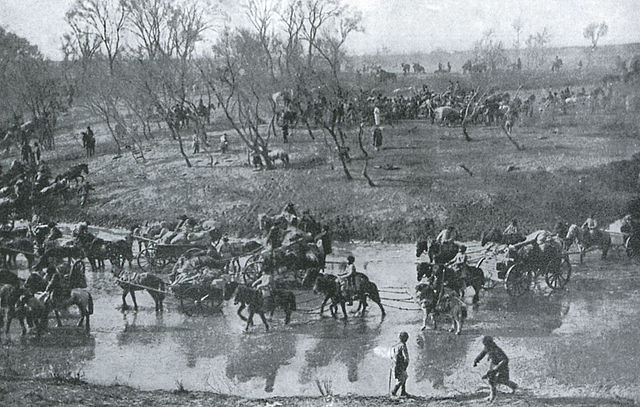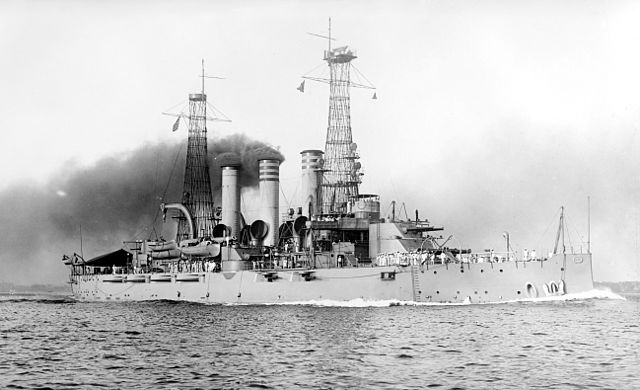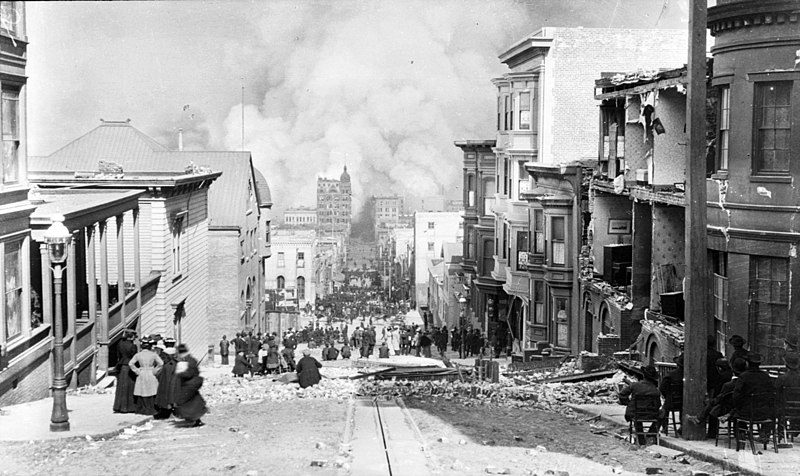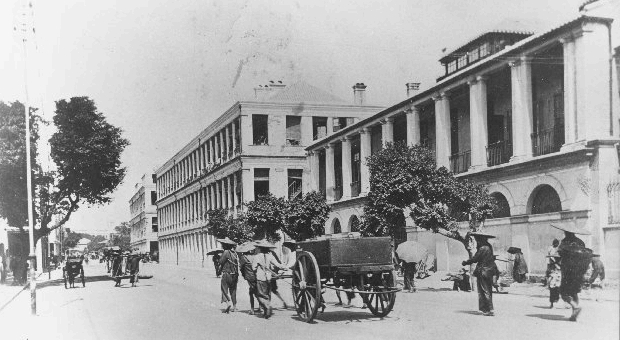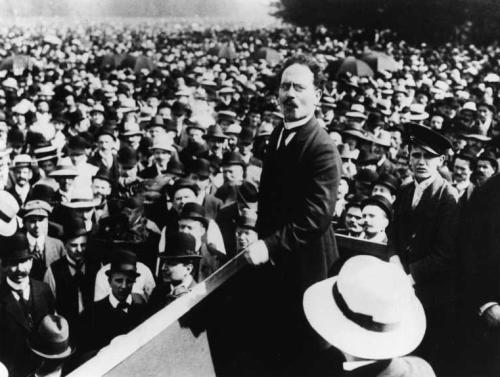@Comm Cody: Indeed I have annexed New Zealand. It was a surprise for me too.
@King50000: I tried to get him as accurate as I could.
@brokenkeyboard: Can do. Like I said before, this AAR will be getting updates up to the modern day.
@TKFS: Thanks!
@Baldor Arbanus: No, the United States is still a democracy. But very much a bully. They keep stealing Canada from my sphere.
@hoi2geek: Sure. I'll make one before the next update.
@Commandante: Once a Monopolist... always a monopolist. As for the pictures, I simply use Wikipedia or Yahoo Images.
@King50000: I tried to get him as accurate as I could.
@brokenkeyboard: Can do. Like I said before, this AAR will be getting updates up to the modern day.
@TKFS: Thanks!
@Baldor Arbanus: No, the United States is still a democracy. But very much a bully. They keep stealing Canada from my sphere.
@hoi2geek: Sure. I'll make one before the next update.
@Commandante: Once a Monopolist... always a monopolist. As for the pictures, I simply use Wikipedia or Yahoo Images.






